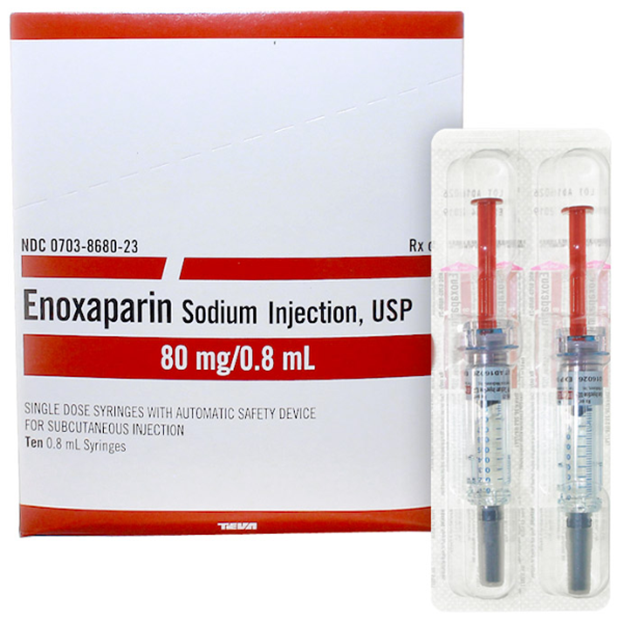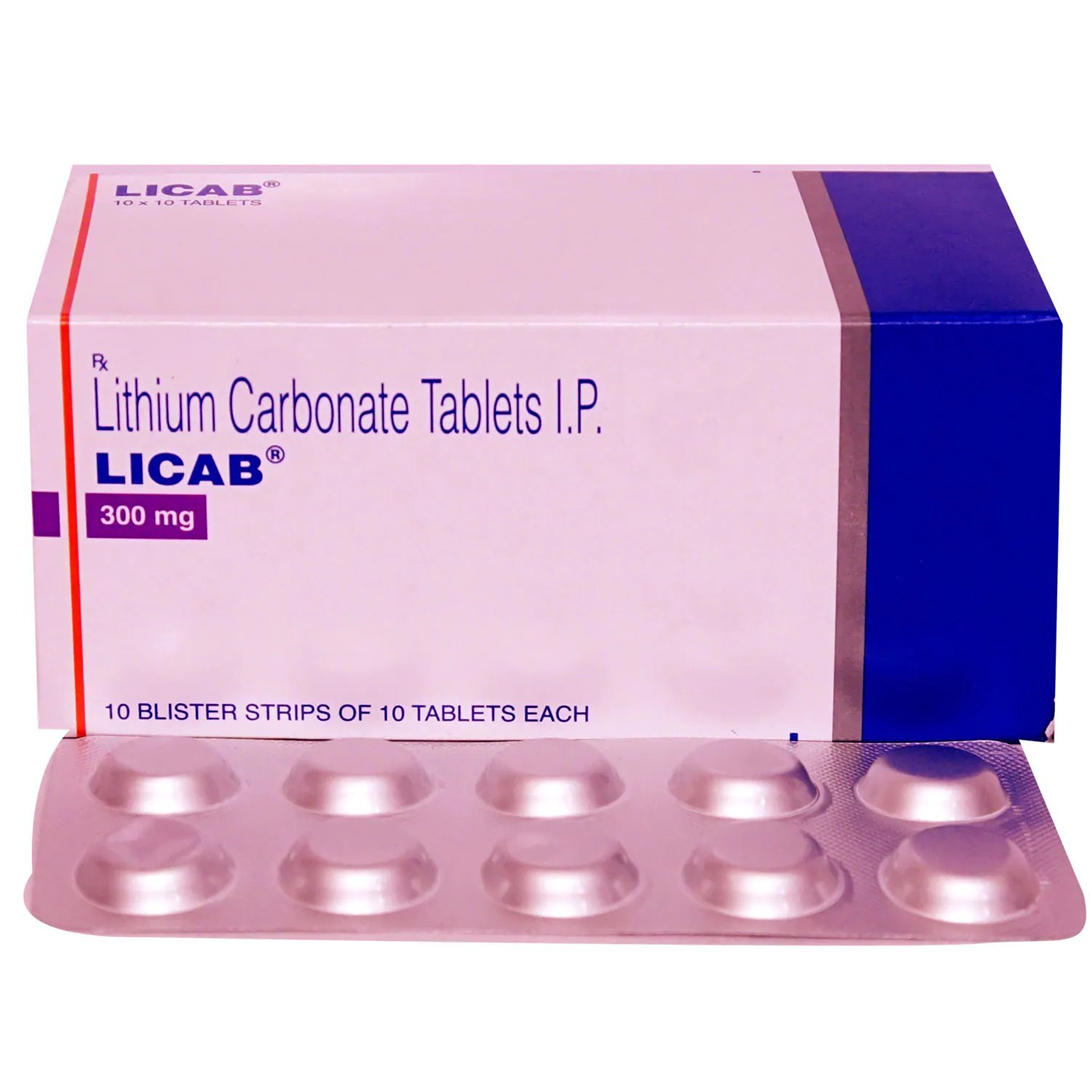The healthcare provider prescribes enoxaparin sodium 80 mg subcutaneously twice daily. The nurse is preparing a preloaded 1 mL syringe labeled, 'enoxaparin sodium injection, USP 60 mg/0.6 mL'. How many mL should the nurse administer?
(Enter numeric value only. If rounding is required, round to the nearest tenth.)
The Correct Answer is ["0.8"]
The correct answer is 0.8 mL.
To find the answer, we can use the following formula:
(mg of medication ordered / mg of medication per mL) = mL to administer
Substituting the values from the question, we get:
(80 mg / 60 mg per 0.6 mL) = 0.8 mL
Therefore, the nurse should administer 0.8 mL of enoxaparin sodium injection.

Nursing Test Bank
Naxlex Comprehensive Predictor Exams
Related Questions
Correct Answer is A
Explanation
Choice A reason: Eliminating use of nonsteroidal anti-inflammatory drugs (NSAIDs), such as ibuprofen or naproxen, is an instruction that the nurse should provide to the client who is taking lithium carbonate, which is a medication that stabilizes mood and prevents manic episodes. NSAIDs can increase the blood levels of lithium and cause toxicity, which can manifest as nausea, vomiting, tremors, confusion, or seizures.
Choice B reason: Monitoring blood glucose levels daily is not an instruction that the nurse should provide to the client who is taking lithium carbonate, which is a medication that does not affect the blood sugar levels or the risk of diabetes. Blood glucose levels may be important for the general health of the client, but they are not related to lithium therapy.
Choice C reason: Notifying healthcare provider prior to dental procedures is not an instruction that the nurse should provide to the client who is taking lithium carbonate, which is a medication that does not interact with local anesthetics or antibiotics that may be used during dental procedures. However, the client should inform the dentist about their medical history and medications, as a precaution.
Choice D reason: Avoiding consuming all foods that contain iodine is not an instruction that the nurse should provide to the client who is taking lithium carbonate, which is a medication that does not interfere with the thyroid function or the metabolism of iodine. Iodine is an essential nutrient that is found in many foods, such as seafood, dairy products, eggs, and iodized salt. Avoiding iodine can cause deficiency and lead to goiter or hypothyroidism.

Correct Answer is A
Explanation
Choice A reason: Eliminating use of nonsteroidal anti-inflammatory drugs (NSAIDs), such as ibuprofen or naproxen, is an instruction that the nurse should provide to the client who is taking lithium carbonate, which is a medication that stabilizes mood and prevents manic episodes. NSAIDs can increase the blood levels of lithium and cause toxicity, which can manifest as nausea, vomiting, tremors, confusion, or seizures.
Choice B reason: Monitoring blood glucose levels daily is not an instruction that the nurse should provide to the client who is taking lithium carbonate, which is a medication that does not affect the blood sugar levels or the risk of diabetes. Blood glucose levels may be important for the general health of the client, but they are not related to lithium therapy.
Choice C reason: Notifying healthcare provider prior to dental procedures is not an instruction that the nurse should provide to the client who is taking lithium carbonate, which is a medication that does not interact with local anesthetics or antibiotics that may be used during dental procedures. However, the client should inform the dentist about their medical history and medications, as a precaution.
Choice D reason: Avoiding consuming all foods that contain iodine is not an instruction that the nurse should provide to the client who is taking lithium carbonate, which is a medication that does not interfere with the thyroid function or the metabolism of iodine. Iodine is an essential nutrient that is found in many foods, such as seafood, dairy products, eggs, and iodized salt. Avoiding iodine can cause deficiency and lead to goiter or hypothyroidism.
Whether you are a student looking to ace your exams or a practicing nurse seeking to enhance your expertise , our nursing education contents will empower you with the confidence and competence to make a difference in the lives of patients and become a respected leader in the healthcare field.
Visit Naxlex, invest in your future and unlock endless possibilities with our unparalleled nursing education contents today
Report Wrong Answer on the Current Question
Do you disagree with the answer? If yes, what is your expected answer? Explain.
Kindly be descriptive with the issue you are facing.
